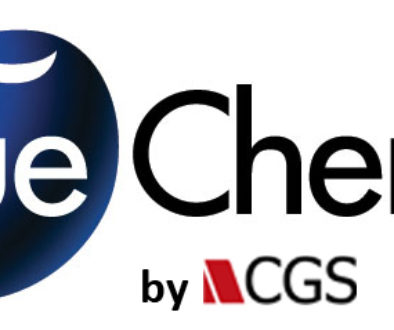Magento Support: Customer Groups and Customer Segments

What are customer groups? What are customer segments? And, most importantly, how do I use them to increase my conversions?
Customer Groups
The Magento support platform allows users to create groups of customers, based on one or more attributes shared by all the customers in a given group. For instance, you can create a New York City group made up completely of customers with NYC zip codes. Once the group is created, you can apply other Magento features like tax classes, and catalog or shopping cart price rules, to all group members at once.
To create a customer group go to customeràcustomer groups and click the “add new” button. By default there are two customer groups: not logged in and general. “Not logged in” applies to all customers that choose to purchase without creating or logging into an account and “general” is the default group for all newly registered customers (although this can be changed by going to systemàconfiguration).
Once you’ve created a customer group, you can assign customers to the group manually by selecting the appropriate group from the list shown in the customer group drop down menu. This menu can be found in the account information tab. These changes can be made for many customers at once by using the batch updating feature.
Some of the basic ways customer groups can be used include filtering features such as tiered pricing, or in the creation of shipping discounts made to appear to only certain groups. In addition, there are many extensions that offer various functionalities based on customer groups which can be purchased through the Magento Connect marketplace. One final advantage of customer groups is that they are tightly controlled by the back-end and no unauthorized customers can gain access to a group they aren’t meant to access.
Customer Segments
Customer segments differ from customer groups in a few ways. Two of the most significant of those differences are that customer segments can be applied to customers (a) on the fly and (b) based on a myriad of attributes – like age, gender, spending habits, etc. – all which share a relevance to marketing. Another important difference is that the data pertaining to customer segments can be used to generate reports so companies can tailor their marketing efforts to maximum efficacy.
To create a customer segment go to customeràcustomer segments and click the “add segment” button. Then fill in the appropriate fields that appear under the general properties heading and the conditions heading and hit save. A new heading will appear called matched customers which lists all the customers in the newly created segment.
The two most basic ways to use a customer segment are applying shopping cart rules to the segment or by creating a banner specifically for that segment. For instance: if you’d like to promote a certain item that is good for high school students, you can create a segment that includes only those customers between 15 and 18 years of age. Then, you can make a banner advertising a special price on that item and it will only be shown to members of that segment.
Learn more on how to setup and configure Customer Segments in Magento.
Customer segments and groups are two more features that make Magento one of the premier e-commerce platforms available today.


